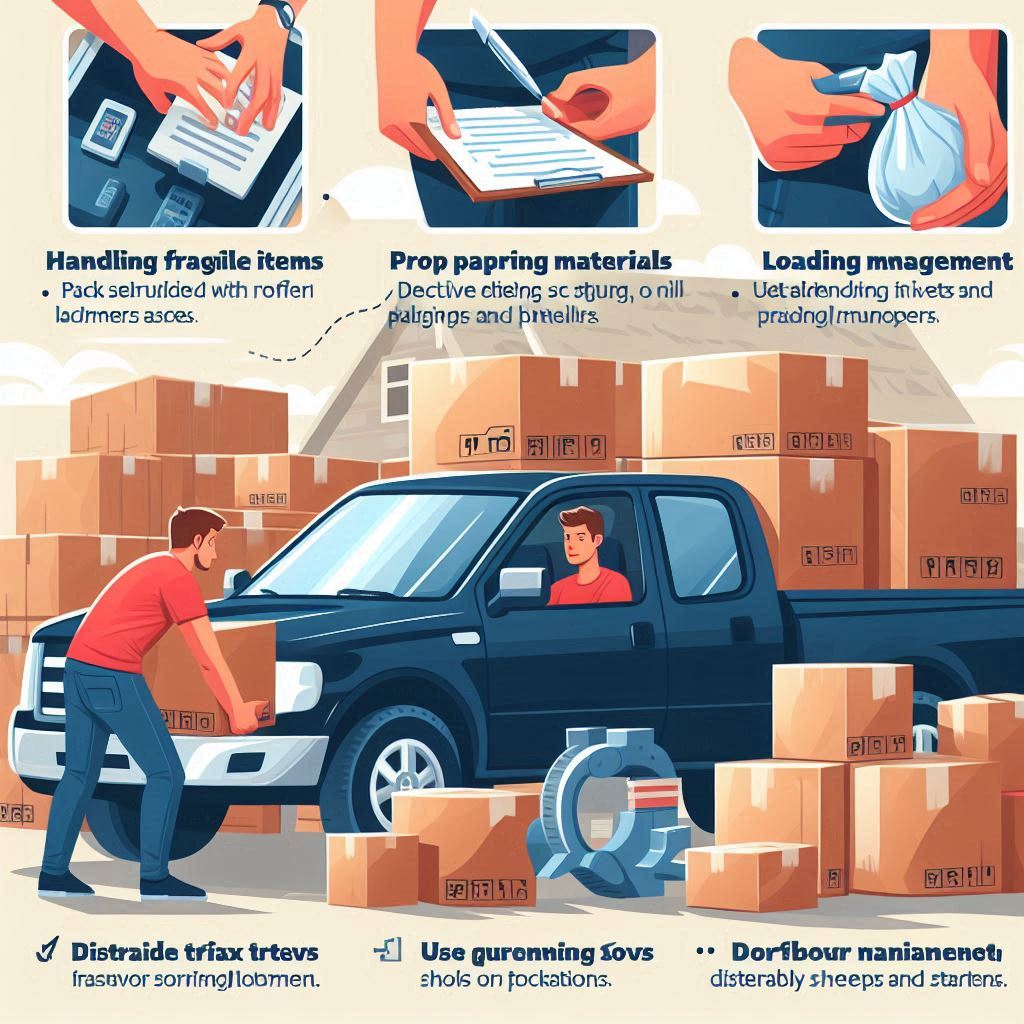Introduction
Transporting items by car can be a daunting task, especially if you’re navigating through Rena Monrovia. Whether you’re moving to a new home, delivering goods, or simply taking items to a different location, understanding the nuances of this process is crucial. In this blog post, we will explore the best practices for transporting items by car in Rena Monrovia, providing you with a comprehensive guide that ensures a smooth and stress-free experience.
Understanding the Local Regulations
Before you start transporting items by car in Rena Monrovia, it’s essential to understand the local regulations. Each region may have specific rules regarding the transportation of goods, vehicle weight limits, and safety requirements.
Key Regulations to Consider
- Weight Limits: Ensure your vehicle does not exceed the legal weight limit. Overloading can lead to fines and increased risk of accidents.
- Permits and Documentation: Check if you need any special permits or documentation for transporting certain items.
- Road Restrictions: Be aware of any road restrictions, such as no heavy vehicles on certain roads or time-specific restrictions.
Understanding and complying with these regulations will help you avoid legal issues and ensure a safe journey.
Preparing Your Vehicle
Proper preparation of your vehicle is crucial for a successful transport. Here are some steps to ensure your vehicle is ready for the task:
Vehicle Maintenance
- Check Tire Pressure: Properly inflated tires are essential for handling the added weight and ensuring a smooth ride.
- Inspect Brakes: Ensure your brakes are in good condition to handle the extra load.
- Fluid Levels: Check all fluid levels, including oil, coolant, and brake fluid.
- Lighting: Ensure all lights are functioning correctly, including brake lights, indicators, and headlights.
Choosing the Right Vehicle
Selecting the appropriate vehicle for transporting your items is vital. Consider the size, weight, and quantity of items to determine the best vehicle for the job. For larger items, a van or truck might be necessary, while smaller loads can be managed with a regular car.
Packing Tips for Safe Transport
Packing your items correctly can prevent damage during transport and make the loading and unloading process more manageable.
Packing Materials
- Boxes: Use sturdy boxes that can withstand the weight of your items.
- Bubble Wrap and Padding: Protect fragile items with bubble wrap and padding.
- Packing Tape: Secure your boxes with high-quality packing tape.
- Labels: Label each box with its contents and destination room for easy unpacking.
Packing Techniques
- Heavy Items at the Bottom: Place heavier items at the bottom of the boxes to prevent them from crushing lighter items.
- Distribute Weight Evenly: Ensure the weight is evenly distributed in your vehicle to maintain balance.
- Secure Fragile Items: Use padding and secure fragile items to prevent movement and breakage.
Loading and Securing Your Items
Loading your vehicle correctly is crucial for safety and efficiency.
Loading Techniques
- Heaviest Items First: Load the heaviest items first, placing them on the bottom and towards the front of the vehicle.
- Balance the Load: Distribute the weight evenly across the vehicle to avoid imbalance and potential accidents.
- Use Straps and Bungees: Secure your items with straps and bungees to prevent shifting during transit.
Securing Techniques
- Use Cargo Nets: For added security, use cargo nets to hold items in place.
- Cover with Blankets: Protect items from scratches and damage by covering them with blankets or moving pads.
Driving Tips for Transporting Items
Driving with a loaded vehicle requires extra caution and adjustments to your driving habits.
Adjusting Your Driving
- Increase Following Distance: Allow for more space between your vehicle and the one in front of you to account for increased braking distance.
- Drive Slower: Reduce your speed to maintain control of your vehicle, especially around curves and turns.
- Avoid Sudden Movements: Make smooth and gradual turns, lane changes, and stops to prevent items from shifting.
Navigating Rena Monrovia
- Plan Your Route: Choose routes with less traffic and fewer sharp turns or steep inclines.
- Be Aware of Road Conditions: Stay updated on road conditions and potential hazards in Rena Monrovia.
Emergency Preparedness
Being prepared for emergencies can save time and stress.
Emergency Kit
- First Aid Kit: Keep a first aid kit in your vehicle for minor injuries.
- Tools: Carry basic tools, including a jack, spare tire, and jumper cables.
- Contact Information: Have contact numbers for roadside assistance and emergency services.
Handling Emergencies
- Breakdowns: If your vehicle breaks down, pull over to a safe location and contact roadside assistance.
- Accidents: In case of an accident, ensure everyone’s safety, call emergency services, and document the incident for insurance purposes.
Eco-Friendly Transport Solutions
Consider eco-friendly practices to reduce your environmental impact.
Eco-Friendly Practices
- Carpooling: Share the transport load with others to reduce the number of trips.
- Use Fuel-Efficient Vehicles: Opt for vehicles with better fuel efficiency to reduce emissions.
- Reduce Weight: Only transport necessary items to decrease the vehicle’s load and improve fuel efficiency.
Conclusion
Transporting items by car in Rena Monrovia requires careful planning and preparation. By understanding local regulations, preparing your vehicle, packing and loading items correctly, and adopting safe driving practices, you can ensure a smooth and efficient transport experience. Additionally, being prepared for emergencies and considering eco-friendly practices can further enhance your journey. With this comprehensive guide, you’re now equipped to tackle any transport challenge in Rena Monrovia confidently.
FAQs
1. What is the maximum weight limit for vehicles in Rena Monrovia?
The maximum weight limit for vehicles in Rena Monrovia varies based on the vehicle type and local regulations. It’s essential to check the specific limits for your vehicle and comply with them.
2. Do I need special permits to transport items in Rena Monrovia?
Depending on the nature and quantity of items being transported, you may need special permits. Check with local authorities to ensure compliance.
3. How can I ensure my fragile items are safe during transport?
Pack fragile items with plenty of padding, such as bubble wrap, and secure them tightly to prevent movement. Label the boxes as “fragile” for careful handling.
4. What should I do in case of a breakdown during transport?
If your vehicle breaks down, pull over to a safe location, use hazard lights, and contact roadside assistance. Keep an emergency kit and contact information handy.
5. How can I make my transport more eco-friendly?
Opt for fuel-efficient vehicles, reduce the load by only transporting necessary items, and consider carpooling to minimize trips and emissions.


